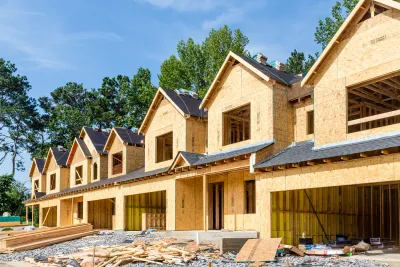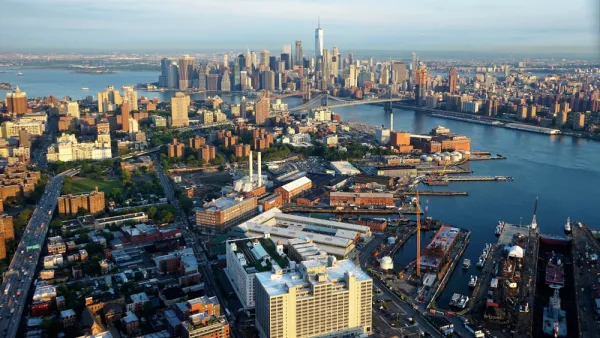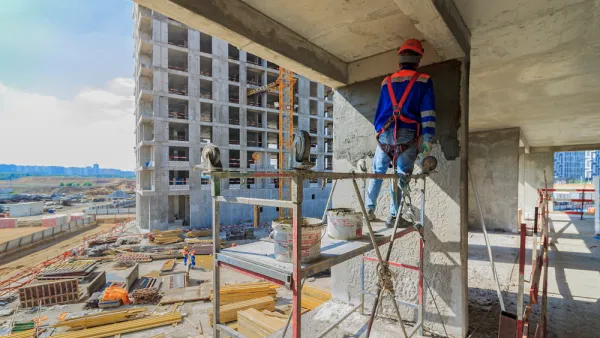An analysis of 12 U.S. cities found that new market-rate construction often leads to more affordable units becoming available, but the effect varies across housing markets.

A new study from the Federal Bank Reserve of Minneapolis shows that the construction of market-rate housing units leads to more available affordable housing units. Writing in BisNow, Kayla Carmicheal outlines the results of the study, which analyzed renter moves in 12 U.S. metro areas. “When high-income residents move into new market-rate housing, their previous homes are freed up for other renters or homebuyers. When those residents move, their old place is then available for others and the price on it may lower because of a shift in demand. This process is known as filtering.”
The study contributes to an ongoing debate over what policies are most effective in improving housing affordability and making more housing available to renters and homeowners alike. While some policies offer rental assistance and tax incentives for affordable housing developers, others can improve the overall building climate and boost the housing supply by streamlining permit processes and updating zoning regulations to meet today’s needs.
Carmicheal notes that filtering doesn’t occur evenly across cities. The study “found that the Minneapolis-St. Paul metro has a high rate of filtering, with nearly 0.6 affordable units opening up for every new market-rate unit, while New York City has a below-average rate of less than 0.2 units freed per new build.” Meanwhile, “When there are fewer homes available but high demand, older homes that used to be accessible to first-time home buyers are more likely to be snagged by higher-income residents over time,” amounting to a reverse effect and, in some cases, the displacement of older residents and the gentrification of previously low-income neighborhoods.
FULL STORY: Market-Rate Construction Frees Up More Affordable Homes, Study Finds

Analysis: Cybertruck Fatality Rate Far Exceeds That of Ford Pinto
The Tesla Cybertruck was recalled seven times last year.

National Parks Layoffs Will Cause Communities to Lose Billions
Thousands of essential park workers were laid off this week, just before the busy spring break season.

Retro-silient?: America’s First “Eco-burb,” The Woodlands Turns 50
A master-planned community north of Houston offers lessons on green infrastructure and resilient design, but falls short of its founder’s lofty affordability and walkability goals.

Test News Post 1
This is a summary

Analysis: Cybertruck Fatality Rate Far Exceeds That of Ford Pinto
The Tesla Cybertruck was recalled seven times last year.

Test News Headline 46
Test for the image on the front page.
Urban Design for Planners 1: Software Tools
This six-course series explores essential urban design concepts using open source software and equips planners with the tools they need to participate fully in the urban design process.
Planning for Universal Design
Learn the tools for implementing Universal Design in planning regulations.
EMC Planning Group, Inc.
Planetizen
Planetizen
Mpact (formerly Rail~Volution)
Great Falls Development Authority, Inc.
HUDs Office of Policy Development and Research
NYU Wagner Graduate School of Public Service




























